How to Beat Mobile App Churn
4 Tips to Boost Customer Retention and Reduce Customer Churn

Attention Deficit Disorder diagnoses exploded after the 1996 release of Adderall. App development exploded in the last few years. What has happened between 1996 and 2016 (besides war, famine, and the release of Kanye’s new clothing line)? The children diagnosed with A.D.D are now mobile’s most prominent users.
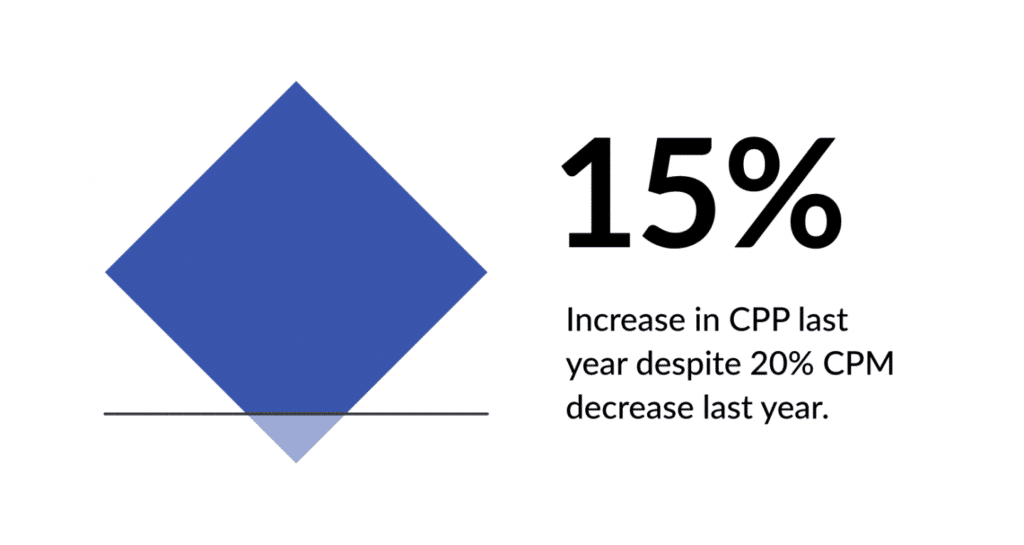
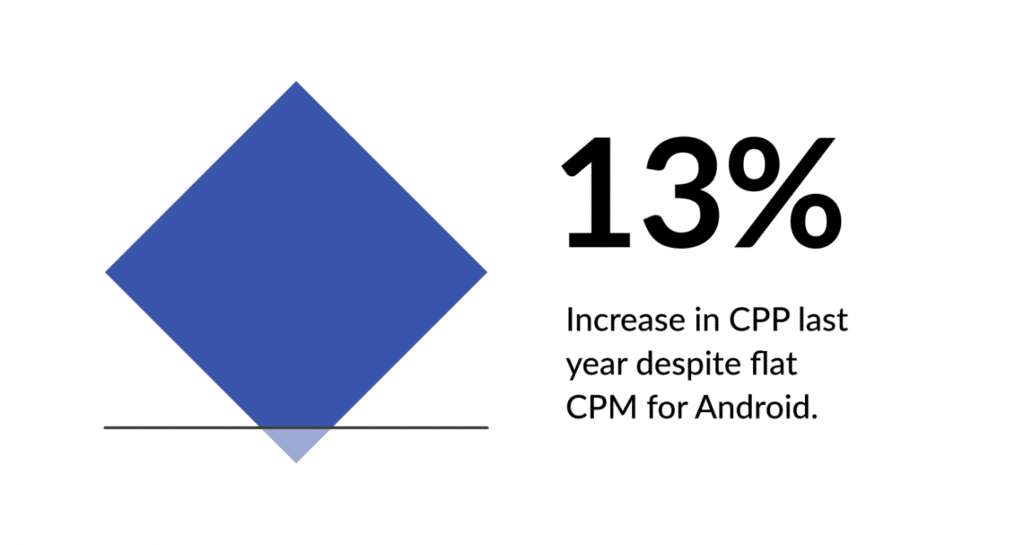
Acquiring these fickle users is extremely costly. According to Fiksu, the CPP (Cost Per Purchaser) has risen over 15% for iOS. This is despite advertising cost (CPM) decreasing 20% for iOS.
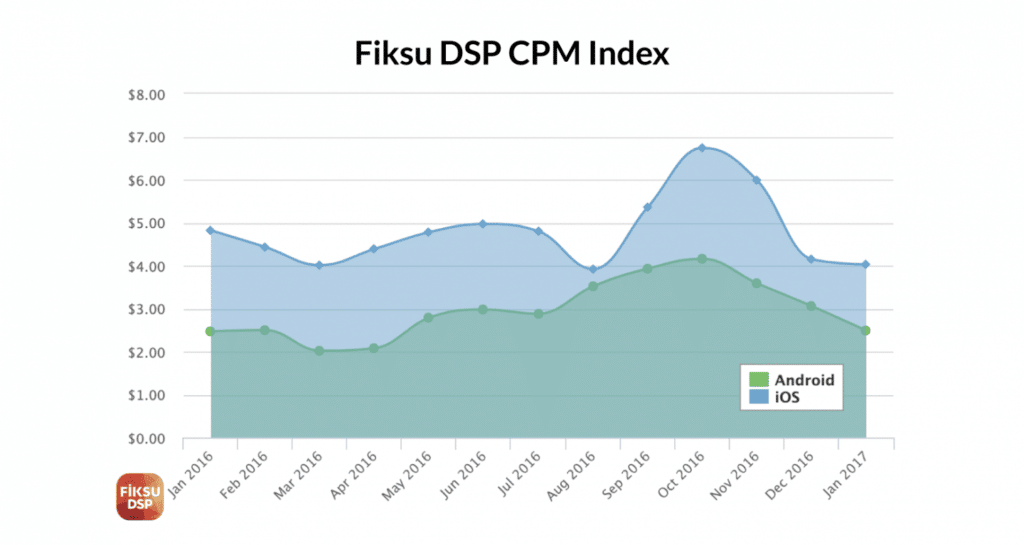
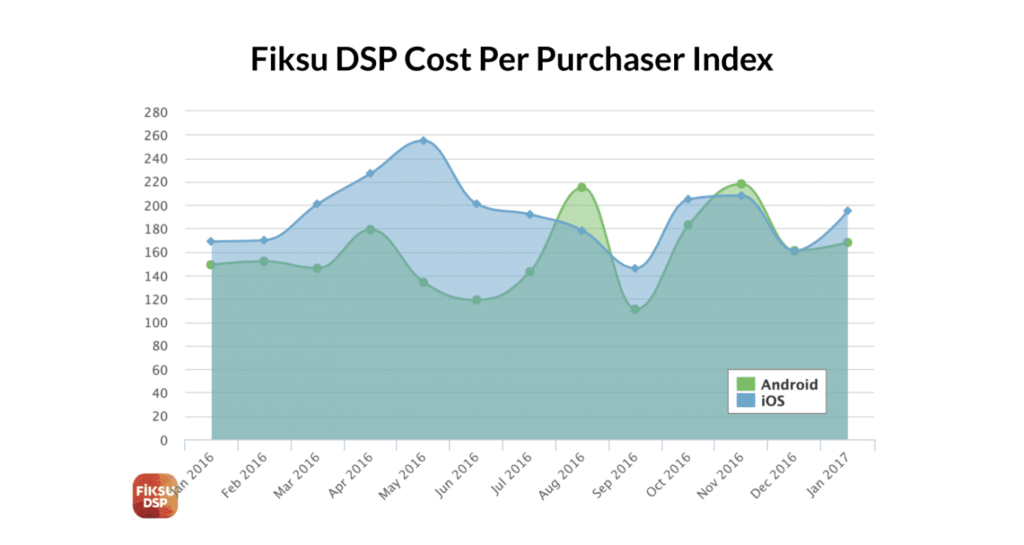
Acquiring new users is costly, difficult to maintain, and competitive. The app market is incredibly crowded. With so many options to accomplish the same tasks, users are less inclined to stick around.
An app’s functionality needs to be on par with user expectations. According to Andrew Chen, the average app loses 77% of its DAUs within the first 3 days after the install.
Getting to the Heart of Churn
Beating mobile churn in such an economy requires opening up channels of communication on the part of app developers, marketers, and support agents, and keeping these channels in-app.
At its core, increasing engagement (thereby reducing churn) is about establishing lasting relationships. And, like all relationships in life, this rests on a few central principles for behavior and interaction.
Tip #1: Relevant Personalization
Forrester coined the term “Mobile Moments” to describe a point in time when a user pulls out his/her phone to get what he/she wants immediately, in context. Each mobile moment is an opportunity for you, as an app, to win engagement and loyalty. Using custom metadata and in-app behaviors, you can capitalize on these moments by providing your customer with precisely what he/she wants.
Leverage user data to predict future problems; specifically, leverage device data combined with user preferences/habits to suggest better behavior, or circumvent future issues that would prevent someone from using your product.
For example an e-commerce app might use geolocation as a trigger to send a push campaign targeting VIP customers with a 20% discount offer while they shop at your storefront. A mobile game could segment VIP players based on their in-app purchases (IAP) and use this information to gift currency that pull players back into the game to continue leveling up.
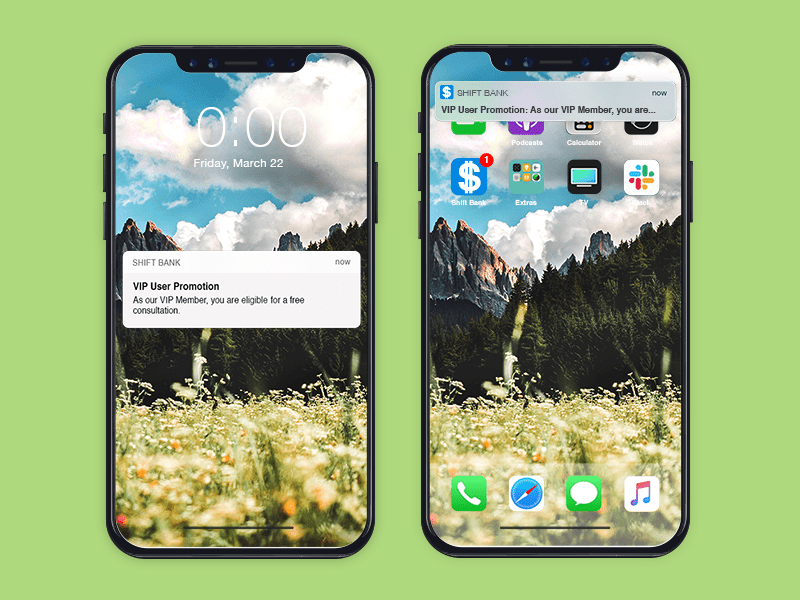
Mobile allows you to tailor experiences in these incredibly context-driven ways. Personalization is not about greeting a user by name anymore; it’s about understanding his/her status and relationship to your brand. By capitalizing on mobile moments through contextual offers and highly personalized messaging, you can win user loyalty and engagement.
Tip #2: In-App Communication
Churn often occurs as a result of a rather small incident: an app crashes twice in one day, an unanswered question, or a minor bug affects some functionality within the product. Every user has experienced this and every app has been guilty of these faults. But it’s the apps who recover from these mistakes who beat mobile churn.
The average company never hears from 96% of its customers, and for every one vocal complaint there are 26 more customers who stay silent and simply leave an app to download an eager competitor just waiting for their customer’s business.
In this case, you miss out on two things:
- A customer
- The opportunity to discover what it is you’re doing that’s driving customers away
Offering feedback (via in-app prompts or FAQs) provides a private channel for an unhappy user to vent his/her frustrations and directly communicate with you (instead of leaving a public 1 star rating in the App Store), while giving you the opportunity to fix an issue. Ultimately avoiding the churn that occurs when users stay silent about the problems they’re encountering.
Try setting up a workflow based on common behaviors characteristic of a user slipping away, then send a push message offering help along with deep linking to a specific FAQ listed in your app’s knowledge base. This proactive approach to support and engage these at-risk users reduces the likelihood of user abandonment.
Forcing users to do their own detective work only creates more frustration as they navigate through a fragmented mobile experience. Keep them inside the app with push and in-app messaging, to increase engagement and reduce churn.
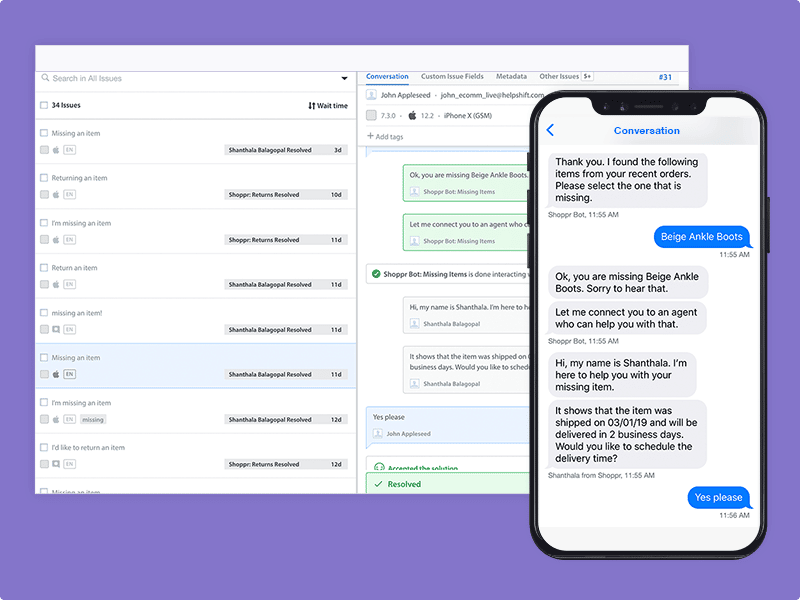
Tip #3: Provide Options for Self Help and Self Service
By leveraging tools such as in-app chat, or pairing unique customer and device data with contextual FAQs, companies can provide customers with the information needed to solve their problems before they become a true point of contention (aka, churn).
A recent study found that 67% of people prefer self-service over speaking to a company representative. Self-help on mobile can come in myriad ways; airlines, for instance, have done an all-around spectacular job of providing self-service options. Travelers can check in, scan their boarding passes (on email or mobile app), change seats, upgrade to first class, and book flights– all on their preferred device.
Aloft Hotels is another example of how to effectively offer electronic self-help options. There’s almost no reason to ever go to the front desk, with their self-serve kiosks for checking in and printing boarding passes, their phone operated keys, self-service pantry, and option to communicate with the front desk via the app or text message. They have made mobile the nexus of their entire product.
For companies who aren’t trying to shift their entire operation into self-service, though, allowing users to help themselves can be as simple as creating robust in-app FAQs.
Not all users interact with your brand in the same way, and not all users will have the same questions. Preempt these differences by offering FAQs personalized to your user’s identifying factors. Furthermore, using analytics on FAQs can help you understand common issues & optimize your knowledge base content. Perhaps someone drops off the platform after viewing a certain FAQ three times.
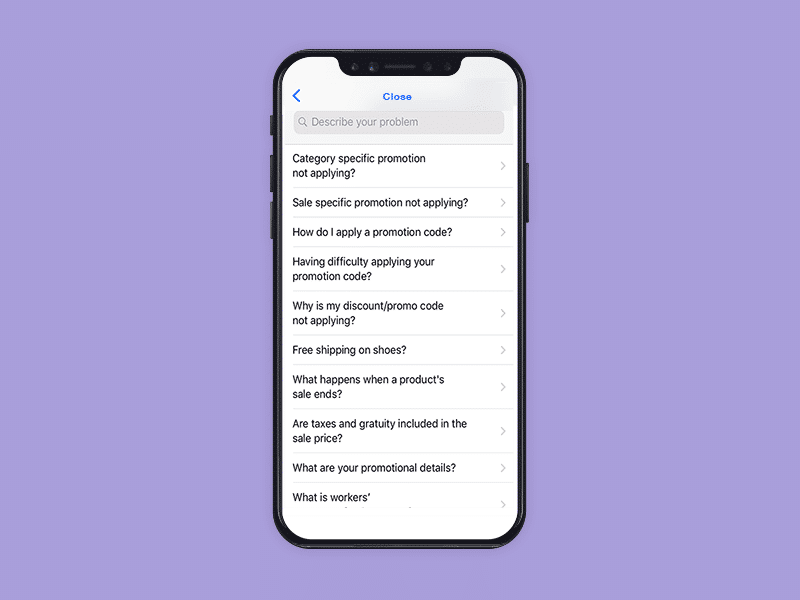
By allowing your users the opportunity to use solve problems on their preferred device, without ever having to leave the app, you are reducing the risk of the user abandoning the app while trying to get a need met.
Furthermore, using analytics to track how users interact with self-service options will enable you to identify key churn moments and resolve potential problems before they arise.
Tip #4: Create Feedback Loops
One of the most effective ways to reduce mobile churn is to solicit customer feedback and incorporate it into your product before it becomes a problem.
There are two aspects to this process:
- Get positive and negative feedback within your app (not via the App Store)
- Effectively organize this feedback into actionable information for your developers.
Engaging in this conversation can happen in myriad ways (many of which we’ve outlined in this paper), but in terms of product feedback, the simplest way is through in-app surveys and rating prompts.
One mistake app marketers and developers alike make is pestering their users with a pop-up rating prompt immediately after they launch the app for the first time. How will users know whether or not they like the app if you haven’t given them a chance to use it before asking for a rating?
Here’s the dilemma: you need app ratings to help increase app store discovery, BUT by asking at the wrong time you run the risk of racking up poor ratings.
One of the best ways to boost glowing reviews and avoid losing valuable feedback, is to decide where in the mobile experience the user is happiest and therefore more willing to leave a 5-star review. For some apps like HotelTonight, this is after a successful hotel booking. Prompting a user who just had a seamless experience booking a low-cost hotel room would be elated to leave 5 stars.
On the other hand, asking someone who has never booked a room is unlikely to give a high rating, so why ask? If there are no transactions available, use in-app behavior criteria to decipher when and where a rating prompt is most relevant.
For example, only sending a rating prompt after a user has launched the app 10 times, over the course of 3 consecutive days. By building a workflow around a user’s actions, you are selecting a subset of highly engaged and potentially loyal customers to prompt for a rating or feedback, unlike the ever-annoying pop-up prompt.
The Right Way to Prompt Your Users for a Review
If loyal users are not happy with their experience, this is the kind of feedback you want to receive directly, and use this to further guide product iterations. Don’t make your dissatisfied customers resort to leaving scathing reviews on the App Store. Even if you can’t stop that particular user from leaving, you can prevent the things that led to his/her departure from ever occurring again, thereby eliminating future churn.
In-app feedback is also easy to categorize and organize for developers on the backend. You don’t need a team to sift through the internet and app stores to see what your users want; you have all that information readily available.
When users feel heard and see that their opinions are actually reflected in product development, they are likely to be more loyal. It’s like any other human relationship: when we feel like someone is listening to us, we’re going to up the amount we talk with them. Listen to your users and they will increase their engagement with you.
Conclusion
While the reality of a competitive market and a fickle consumer base may seem daunting, it also opens up a space for innovative new practices to overcome these obstacles. The app ecosystem is crowded, but it’s also young; there’s plenty of room for growth.
The most essential part of reducing churn is ensuring that users stay in-app (obvious, right?). But many companies still treat mobile as simply another channel, not the nexus of their business.
This disregards the ways in which users interact with mobile, and increases the likelihood that users will abandon the app when they are forced to switch channels to complete a task or ask for help. What Forrester terms the “Mobile Mind Shift” is occurring: users want information and services immediately, from anywhere, and in context.
To beat mobile churn, companies need to meet this need.
About Helpshift
Helpshift bridges the disconnect between conventional customer service channels—like email and phone support—and a growing consumer base that does more on mobile phones and has a strong preference for messaging as the primary mode of communication. Through Helpshift’s AI-powered support platform, companies can resolve issues more efficiently, boosting customer satisfaction in the process. Companies such as Xfinity Home, Microsoft, Virgin Media, Zynga, Viacom, and hundreds of other leading brands use the Helpshift platform to provide messaging-first customer support. Helpshift is installed on two billion devices worldwide and serves more than 820 million active consumers monthly. To learn more about Helpshift, visit helpshift.com and follow @helpshift on Twitter. Helpshift is headquartered in San Francisco and backed by True Ventures, Microsoft, Salesforce, and Nexus Venture Partners.
